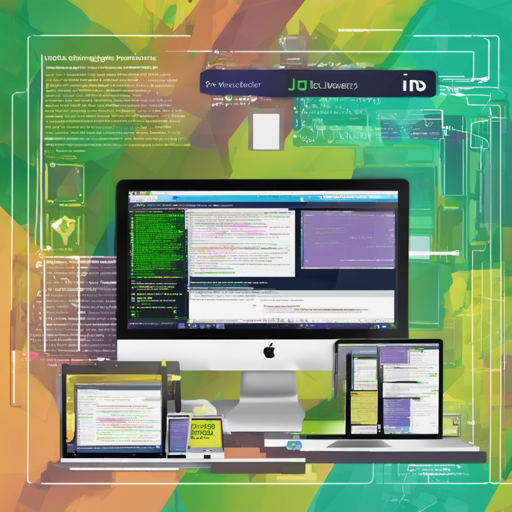If you’re looking for an effective way to integrate text editing capabilities into your Node.js application, UEditor is a robust option. This guide will walk you through the installation and usage of UEditor step by step, ensuring you can get it up and running with ease.
Installation
To begin, you’ll need to install UEditor in your Node.js environment. Open your terminal and run the following command:
npm install ueditor --saveUsage
Let’s dive into how you can leverage UEditor in your Node.js application. The following example will demonstrate the integration process.
Basic Setup
First, we need to set up our application to parse request bodies and configure UEditor. Here’s how you can do it:
var bodyParser = require('body-parser');
var ueditor = require('ueditor');
app.use(bodyParser.urlencoded({ extended: true }));
app.use(bodyParser.json());
app.use(ueditor('/ueditor', ueditor(path.join(__dirname, 'public'), function (req, res, next) {
// Define your actions based on request
})));
Understanding the Code
Think of your application as a restaurant, and UEditor is the special chef who handles your food requests. Here’s the analogy:
- When you configure the body-parser, it’s like preparing the kitchen to take orders (request bodies) and ensuring everything is in order.
- Using UEditor in your application is like hiring a chef who follows the orders laid out in the kitchen.
- The path specified for UEditor points to the kitchen where all your editable content will be created and managed.
Handling Actions
Next, you need to define the actions that UEditor can process, such as uploading images or listing images. Here’s how you can specify this:
if (req.query.action === 'uploadimage') {
var foo = req.ueditor;
console.log(foo.filename); // File name
var img_url = 'your/path'; // Set your image path
res.ue_up(img_url); // Upload the image
} else if (req.query.action === 'listimage') {
var dir_url = 'your_img_dir'; // Directory to list images
res.ue_list(dir_url); // Return the list of images
} else {
res.setHeader('Content-Type', 'application/json');
res.redirect('/ueditor/ueditor.config.json');
}
Troubleshooting
If you encounter any issues during installation or usage, here are some common troubleshooting tips:
- Undefined Action Errors: Ensure you’re correctly handling the action queries by verifying against specified strings like ‘uploadimage’ or ‘listimage’.
- File Not Found: Check that the directory paths provided for image uploads and listings are correct.
- Incorrect Dependencies: Ensure that all dependencies are installed correctly. You can always run
npm installto install missing packages.
For more insights, updates, or to collaborate on AI development projects, stay connected with fxis.ai.
Conclusion
Integrating UEditor into your Node.js application can significantly enhance its text editing capabilities, offering a rich experience for users. Remember to configure the paths and handle requests properly to ensure smooth functioning.
At fxis.ai, we believe that such advancements are crucial for the future of AI, as they enable more comprehensive and effective solutions. Our team is continually exploring new methodologies to push the envelope in artificial intelligence, ensuring that our clients benefit from the latest technological innovations.

